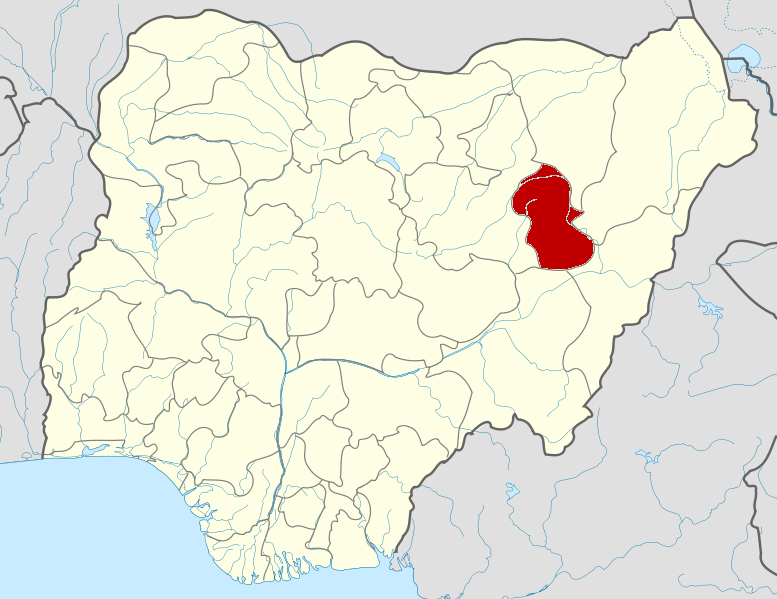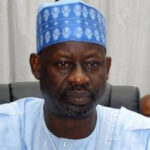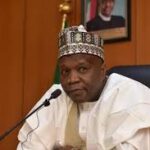Every October 1 is a very special day for the people of Gombe.
Nigeria is celebrating its independence from the British colonialists.
On the other hand, we are celebrating the day Gombe State was created.
On October 1, 1996, the then military Head of State, General Sani Abacha, announced the creation of more states, Gombe inclusive.
What was on the minds of the founding fathers and the people of the region was the yearnings for development, self-reliance, peace and unity.
Today we celebrate these founding fathers as heroes, for it was their sacrifices, selflessness, and their commitment that actualised the 1979 dream in 1996.
Today, Dr Suleman Kumo, Mr A.J Filiya, Alhaji Ali Gombe, Alhaji Abubakar Habu Hashidu are all smiling in their graves for the giant strides made by people they handed the state to. Also, Alhaji Danjuma Goje and Alhaji Ibrahim Hassan Dankwambo have written their names in the state book of history.
From 2019 to date, Alhaji Inuwa Yahaya is also doing the same by making people central to his development policies.
What this has taught us is the commitment, zeal and patriotism of the founding fathers, the governors that steered the affairs of the state from 1996 to the present.
Gombe State was first managed by military administrators; Group Captain Joseph Orji and Mohammed Inuwa Bawa.
These gentlemen tried their best to put the state in the path of development in preparation for the country’s return to democracy.
In 1999, when the state returned to democracy, it began on a path of not only peace and unity, but of unprecedented development.
The state is blessed with a succession of good governors.
A great effort in infrastructural development, empowerment, health care and education to environmental management, the state has witnessed a massive leap from a rural state to one of the most developed states in the entire North-east region surpassing older states in the region.
Luckily, for the past 20 years, the governors who governed the state appear to know what the state needs and committed themselves to provide a key socio-economic infrastructure which has led to the rapid development of the state when compared to its ‘age-mates’ created the same time as it.
Already the state has an international airport, universities, numerous urban roads and many more.
Governance is a continuum.
The state has gone through different parties from 1999 to date.
However, each tried to stay on course in achieving the vision of the founding fathers.
The idea is to harness the state resources to achieve the mission and vision of the founding fathers for the creation of the state.
This is what we see over the years.
The challenges of environmental degradation, for instance, was taken with all seriousness it deserved.
In 2002, the state government raised an alarm that over 250, 000 of the population of 1.5 million in the state were being threatened by desertification and, in 2017, the situation had not changed.
It placed Gombe State as one of the ecologically endangered states in the region.
Environmental experts, after examining the situation in 2017, advised that; to address the issue of desertification, the state needed to think GREEN; a challenge the present government took in 2019 by coming up with the 3G environmental policy to address the state’s environmental challenges and provide direct jobs to thousands of people across the state.
It is a remarkable state that sees the establishment of eight 20-hectare woodlots in nine local government areas of the state and planted over 20,000 trees along the major roads within Gombe metropolis.
Apart from the environmental challenges, the government has also put giant strides toward the industrialisation of the state.
Youth empowerment, industrialisation over the years was also met by enhanced school enrolment.
In 24 years, the school enrolment has moved from just less than a 50000 to over 350,000 in 2020.
This is not just a coincidence, but a concerted effort of what these governors and specifically the Inuwa Yahaya’s administration’s BESDA programme and Teachers Resource Centre.
These programmes see to the distribution of teaching materials and enhancing teachers’ capacity in the state.
This in turn improved students’ enrolment and teachers’ capacity.
Looking at these giant strides over the years, and what is happening today, as citizens of the state, we have cause to celebrate and reflect today as we mark the 24th year as a state.
Kabiru Danladi Lawanti

 Join Daily Trust WhatsApp Community For Quick Access To News and Happenings Around You.
Join Daily Trust WhatsApp Community For Quick Access To News and Happenings Around You.


